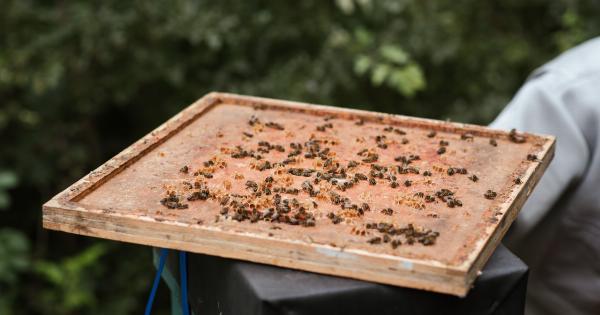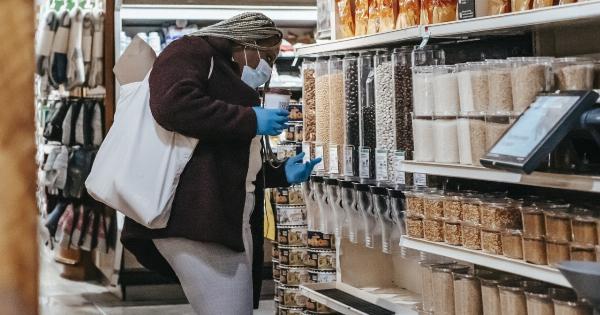Salmonella is a type of bacteria that can cause foodborne illness, known as salmonellosis. It is commonly found in contaminated food, especially raw or undercooked poultry, eggs, meat, and unwashed fruits and vegetables.
In order to protect yourself and your loved ones from this harmful bacteria, it is important to be aware of the symptoms and adopt preventative measures.
1. Symptoms of Salmonella Infection
The symptoms of salmonella infection typically include:.
- Diarrhea
- Abdominal cramps
- Fever
- Nausea
- Vomiting
These symptoms usually appear within 12 to 72 hours after consuming contaminated food and can last for 4 to 7 days. In severe cases, salmonella infection may require hospitalization.
2. Prevention Tips
Preventing salmonella infection involves a combination of safe cooking practices and proper hygiene. Here are some essential prevention tips:.
2.1 Cook Food Thoroughly
One of the most effective ways to kill salmonella bacteria is by cooking food thoroughly. Follow these guidelines:.
- Cook poultry, such as chicken and turkey, to an internal temperature of 165°F (74°C).
- Cook ground meats to an internal temperature of 160°F (71°C).
- Cook eggs until the yolks and whites are firm. Avoid recipes that use raw or undercooked eggs.
- Heat leftover foods to an internal temperature of 165°F (74°C) before consuming.
2.2 Practice Good Hygiene
Proper hygiene plays a crucial role in preventing salmonella infection. Follow these hygiene practices:.
- Wash your hands thoroughly with soap and water before and after handling food, especially raw meat, eggs, or poultry.
- Use separate cutting boards and utensils for raw meat, poultry, and other foods to avoid cross-contamination.
- Do not use the same plate or utensils for cooked food that were used for raw food.
- Clean and sanitize kitchen surfaces, utensils, and cutting boards after each use.
2.3 Be Mindful of Cross-Contamination
Cross-contamination occurs when bacteria from raw meat or poultry comes into contact with other foods. Prevent cross-contamination by following these practices:.
- Keep raw meat, poultry, seafood, and eggs separate from other foods in the grocery cart and refrigerator.
- Store raw meat, poultry, and seafood in properly sealed containers on the lowest shelf in the refrigerator to prevent drips onto other foods.
- Use different cutting boards and utensils for raw meat and other food items.
- Do not place cooked food on a plate that previously held raw food without washing it first.
2.4 Proper Storage of Food
Safe food storage helps prevent the growth of bacteria, including salmonella. Follow these tips:.
- Refrigerate perishable foods, including raw meat, poultry, and eggs, within 2 hours of purchase or preparation.
- Keep the refrigerator temperature below 40°F (4°C) to slow down bacterial growth.
- Do not keep perishable foods at room temperature for more than 2 hours.
- Do not eat expired or spoiled food.
Conclusion
Salmonella can cause significant health issues, but staying safe from this foodborne illness is possible by practicing proper prevention measures.
By cooking food thoroughly, practicing good hygiene, preventing cross-contamination, and storing food properly, you can greatly reduce the risk of salmonella infection. Stay vigilant and take necessary precautions to protect yourself and your family from this harmful bacteria.




























